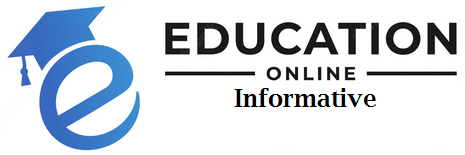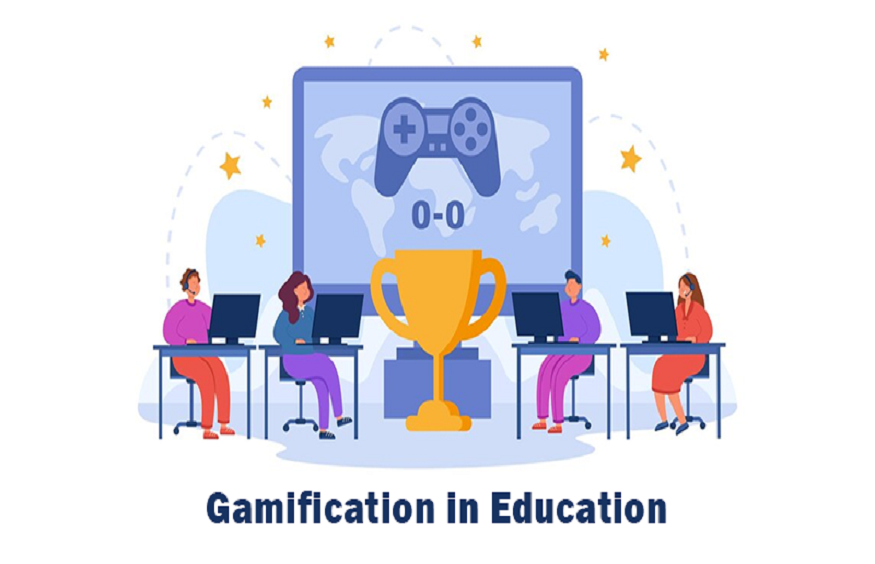In the ever-evolving landscape of education, educators constantly seek innovative methods to captivate students’ attention and enhance their learning experiences. One such approach that has gained significant traction in recent years is gamification. Teachers can create a more engaging, interactive, and motivating learning environment by incorporating game-like elements into educational activities. Go Education, a leader in educational technology offers a suite of tools that can help educators seamlessly integrate gamification into their teaching practices. In this blog post, we’ll explore the concept of gamification in education, its benefits, and how Go Education’s solutions can support its implementation.
Understanding Gamification in Education
Gamification in education involvesapplying game-design elements and game principles in non-game contexts to motivate and engage learners. This approach taps into the natural human inclination towards competition, achievement, and reward. By incorporating elements such as points, badges, leaderboards, and challenges into the learning process, educators can create a more immersive and enjoyable educational experience.
The Psychology Behind Gamification
The effectiveness of gamification in education is rooted in psychological principles. When students engage with gamified content, several fundamental psychological mechanisms come into play:
- Motivation: Gamification leverages both intrinsic and extrinsic motivation. Games’ challenge and sense of achievement drive intrinsic motivation, whilst rewards and recognition provide extrinsic motivation.
- Engagement: Game-like elements capture and maintain students’ attention, making learning more interactive and enjoyable.
- Feedback loops: Immediate feedback, a common feature in games, allows students to understand their progress and areas for improvement quickly.
- Goal-setting: Clear objectives and milestones, typical in game design, help students set and achieve learning goals.
- Social interaction: Many gamified systems incorporate collaborative or competitive elements, fostering social learning and peer interaction.
Go Education’s Gamification Tools
Go Education offers a range of products that support gamification strategies in the classroom. These tools are designed to be intuitive, versatile, and engaging, allowing educators to create gamified learning experiences across various subjects and age groups.
- Interactive Whiteboards: Go Education’s interactive whiteboards, such as the Promethean ActivPanel, provide a perfect platform for gamified lessons. Teachers can create interactive quizzes, drag-and-drop activities, and collaborative games that involve the entire class.
- SMART Learning Suite: This comprehensive software package includes tools for creating gamified lessons, such as SMART lab. Educators can quickly generate game-based activities like matching exercises, fill-in-the-blanks, and multiple-choice quizzes.
- Virtual Reality (VR) Solutions: Go Education’s VR tools allow for immersive, game-like experiences that can transport students to different environments, making subjects like history, geography, and science come alive.
- Student Response Systems: These devices enable teachers to conduct real-time polls and quizzes, turning assessments into engaging, game-like activities.
Practical Applications in the Classroom
Gamification can be applied across various subjects and age groups. Here are some examples of how educators can use Go Education’s tools to gamify their lessons:
- Maths: Use the interactive whiteboard to create a “Maths Millionaire” game, where students answer increasingly complex questions to earn virtual money.
- Language Learning: Implement a badge system using the SMART Learning Suite, where students earn badges for mastering different language skills.
- Science: Create a virtual scavenger hunt using VR tools, where students explore different ecosystems and identify various species.
- History: Develop a timeline-based game on the interactive whiteboard, where students compete to place historical events in the correct order.
- Geography: Use student response systems for an “Around the World” quiz game, testing students’ knowledge of different countries and cultures.
Best Practices for Educators
While gamification can be a powerful tool, it’s essential to implement it thoughtfully. Here are some best practices for educators:
- Align with Learning Objectives: Ensure that gamified elements support and enhance your learning objectives rather than distracting from them.
- Balance Challenge and Skill: Design activities that are challenging enough to be engaging but not so complex that they become frustrating.
- Provide Clear Instructions: Explain the rules and objectives of gamified activities clearly to avoid confusion.
- Offer Meaningful Rewards: Ensure that rewards and achievements are meaningful and tied to learning outcomes.
- Use Variety: Incorporate different gamified activities to cater to various learning styles and preferences.
- Monitor and Adjust: Regularly assess the effectiveness of your gamification strategies and be prepared to adjust as needed.
Measuring Success
To ensure that gamification truly enhances learning, measuring its impact is crucial. Go Education’s tools offer various ways to track student progress and engagement:
- Analytics Dashboard: Many of Go Education’s software solutions include analytics tools that allow teachers to monitor student participation, performance, and progress.
- Formative Assessments: Use built-in assessment tools to conduct quick checks for understanding throughout gamified lessons.
- Student Feedback: Regularly collect feedback from students about their experiences with gamified activities.
- Long-term Performance Tracking: Monitor how gamification impacts long-term retention and application of knowledge.
Challenges and Solutions
While gamification offers many benefits, it can also present challenges. Here are some common issues and how Go Education’s solutions can help address them:
- Overemphasis on Extrinsic Motivation: To prevent students from focusing solely on rewards, use Go Education’s tools to create activities that are inherently engaging and tied to intrinsic motivation.
- Technical Difficulties: Go Education provides comprehensive training and support to ensure educators are comfortable with the technology.
- Time Constraints: The SMART Learning Suite offers pre-made templates and activities, saving teachers time creating gamified content.
- Maintaining Educational Value: Go Education’s solutions are designed with pedagogical principles, ensuring that gamification supports rather than detracts from learning objectives.
The Future of Gamification in Education
As technology continues to evolve, so will the possibilities for gamification in education. Some emerging trends include:
- Artificial Intelligence: AI could personalise gamified experiences based on individual student needs and preferences.
- Augmented Reality: AR technology could blend gamified elements with the real world, creating new opportunities for interactive learning.
- Adaptive Learning Systems: Future gamification tools might automatically adjust difficulty levels based on student performance.
- Social Learning Platforms: Increased integration of social elements could foster collaborative educational gaming experiences.
Go Education remains at the forefront of these developments, continually updating and expanding its offerings to meet the changing needs of educators and students.
Conclusion
Gamification in education represents a powerful approach to engaging students and enhancing learning outcomes. By leveraging game-design elements and principles, educators can create more interactive, motivating, and enjoyable learning experiences. Go Education’s suite of tools provides the technological foundation for implementing effective gamification strategies across various subjects and age groups.
From interactive whiteboards and comprehensive software solutions to VR tools and student response systems, Go Education offers a range of products that support gamified learning. By thoughtfully incorporating these tools into their teaching practices, educators can tap into the motivational power of games whilst maintaining a focus on educational objectives.
As we look to the future, gamification in education will likely become increasingly sophisticated and personalised. By staying abreast of these developments and continually refining their approach, educators can harness the full potential of gamification to create genuinely transformative learning experiences.
Are you ready to level up your teaching with gamification? Explore Go Education’s solutions and start your journey towards more engaging, interactive, and effective learning environments today.

